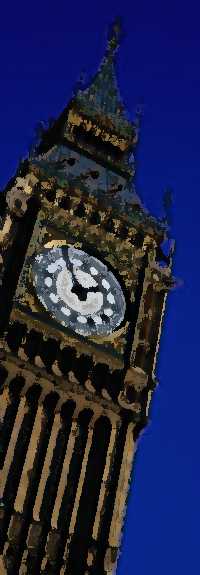|
Jane Edna Hunter (1882- 1971) trained as a nurse before becoming one of the leading settlement house workers and institution-builders
in the country. When she arrived in Cleveland in 1905 she could not find decent housing or professional work because of segregation
laws and practices. Having no friends or relatives, her first residence turn out to be a place where prostitutes stayed (Shaw,
1995). With the help of other women, she formed the Working Girl's Home Association, which eventually became known as the
Phyllis Wheatley Association. The purpose of this voluntary association was to build a safe residence for the homeless, unprotected
and working women and girls of the race. The first home was a 23 room facility that opened in 1913 with the second and more
expanded facility opening in 1917. The following passage from the official organ of the National Association of Colored Women,
The Woman's National Magazine (1937) describe the growth and development of the Phyllis Wheatley Association in Cleveland,
Ohio.
The Association...was established in a frame house at 2265 East 40th street, where twenty-two girls were the benefactors
of a 'dream come true.' The demands upon the new home were amazing and its services had to be increased from housing girls
and women to providing a cafeteria for them, finding work for newcomers, providing recreational activities for their leisure
time and starting clubs and classes, such as those in home economics. The community began to look to the association for
inspiration, help and guidance. The work grew in leaps and bounds, until it was necessary to obtain larger quarters, known
as the Winona Apartments, an eighty room building, located at East 40th street and Central Avenue.
In 1930, Hunter became Director of the Phyllis Wheatley Department of the National Association of Colored Women (NACW).
The purpose of the Department was to build a national network of Phyllis Wheatley Associations that will not only house self-supporting,
self-respecting African American women and girls, but provide a meeting place for clubwomen. These facilities were to be
a "lighthouse of service" in their communities. (The Woman's National Magazine, 1937). They epitomized the self-help
and social debt response to those less fortunate.
|
